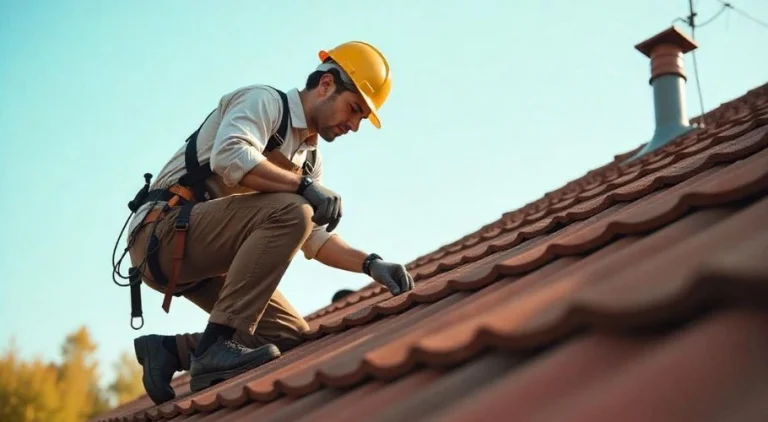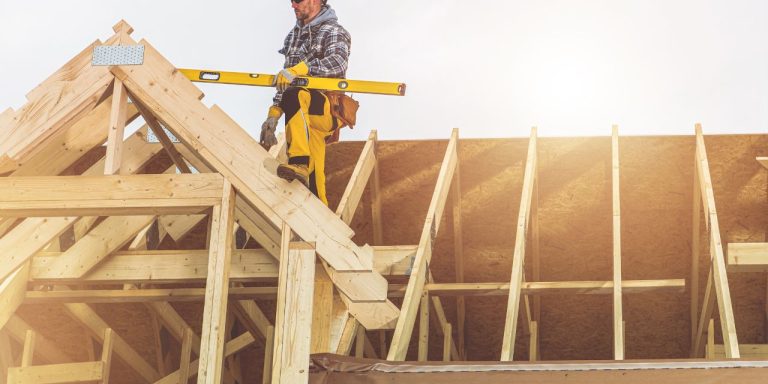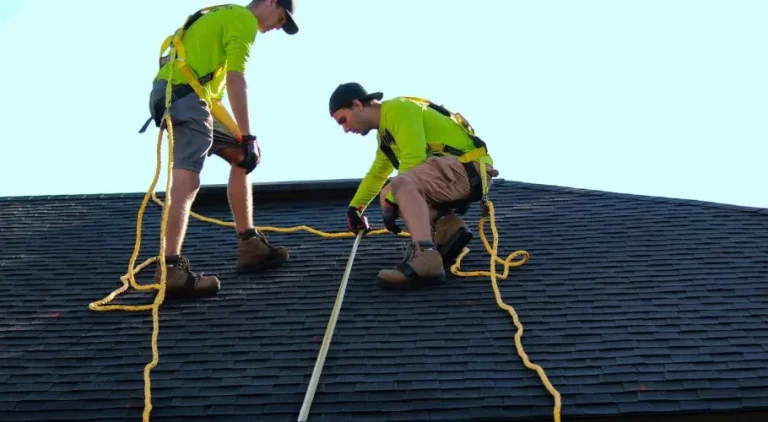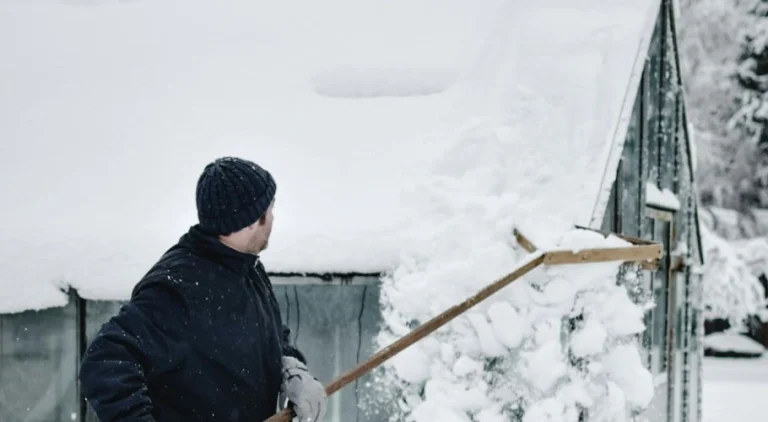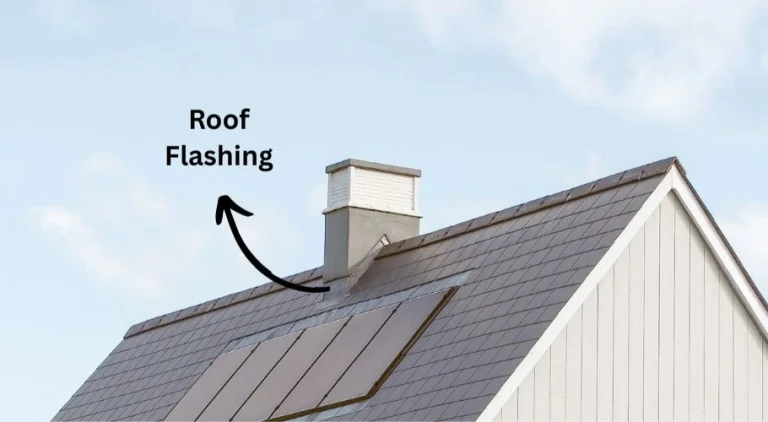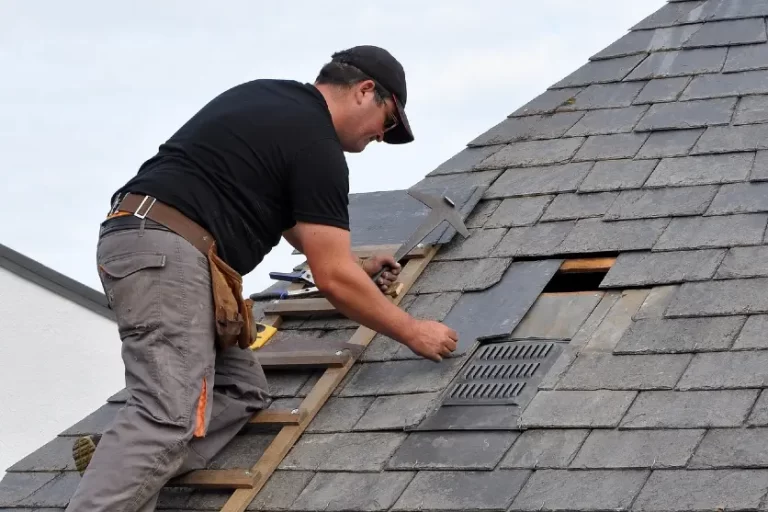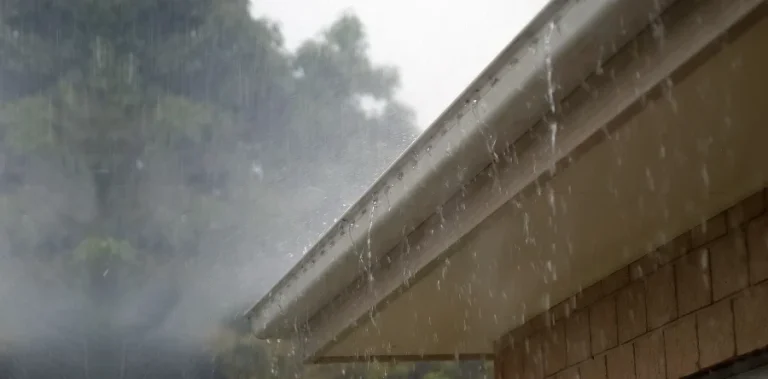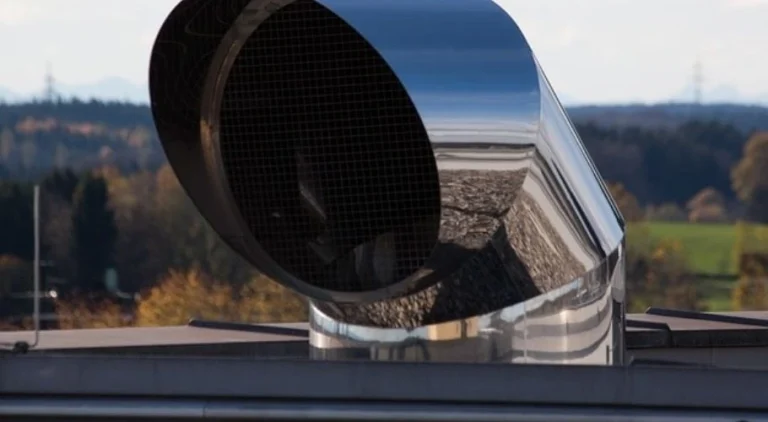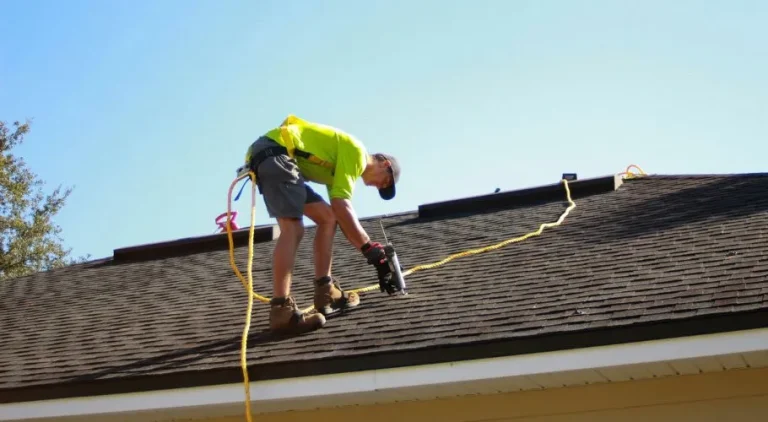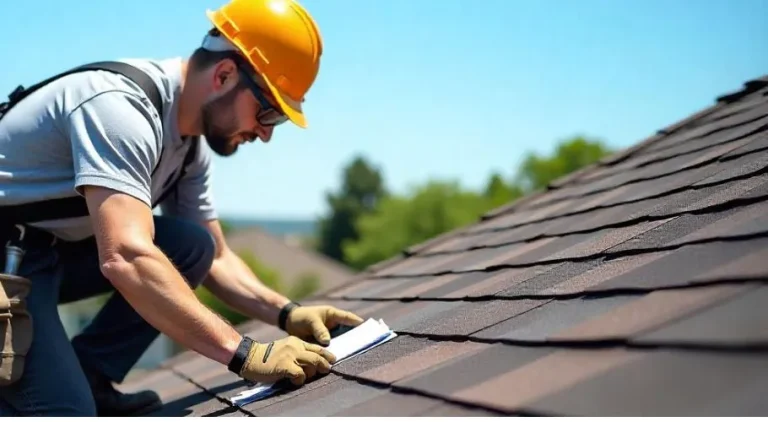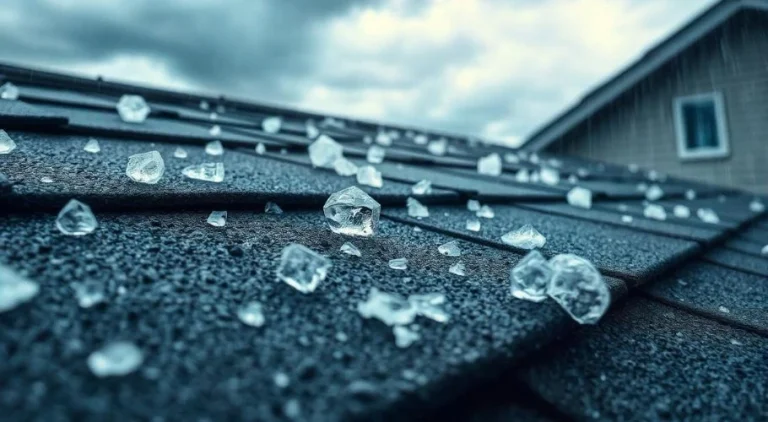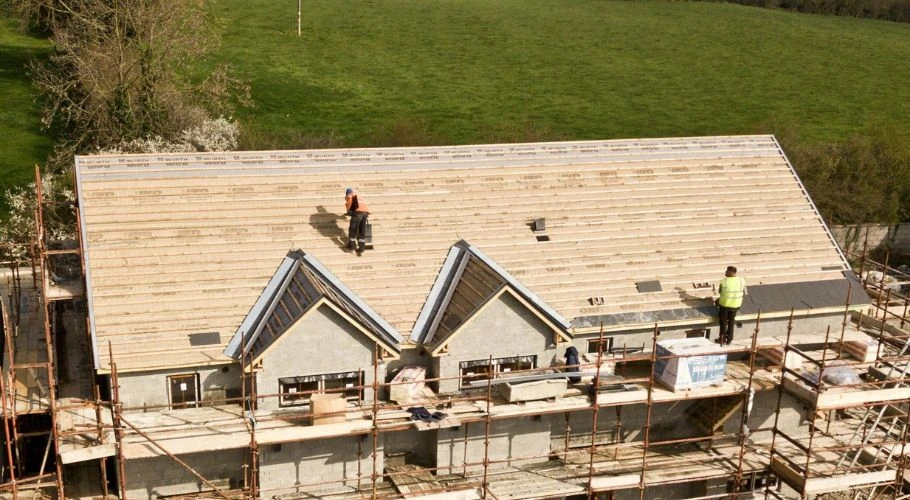8 Hidden Benefits of a Well-Designed Roof Overhang
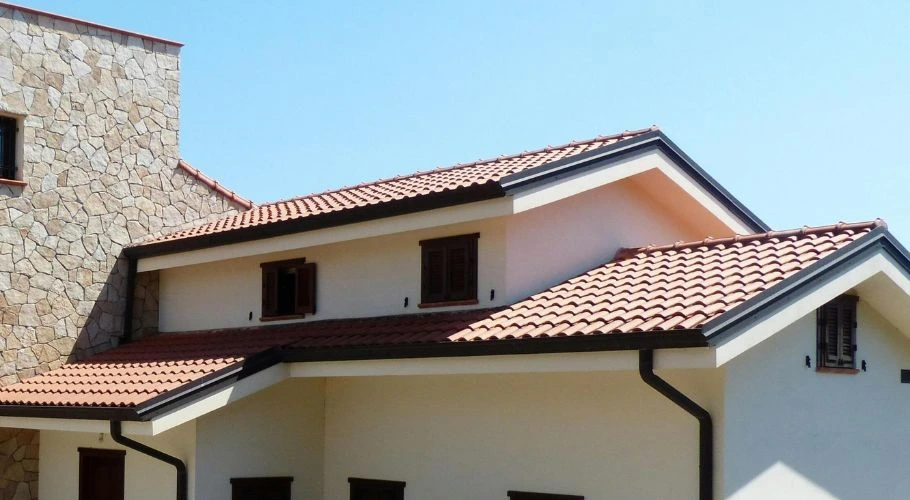
There’s more to roof overhangs than meets the eye. While they may seem like a simple extension of your roof, they actually offer a number of functional benefits for your home. At Robbins Roofing, we know exactly how well-designed overhangs can make your home’s exterior look more appealing while also helping extend the lifespan and functionality of your property. Let’s talk about the top roof overhang benefits and why they might just be the upgrade your house needs!
First of All, What Is a Roof Overhang?
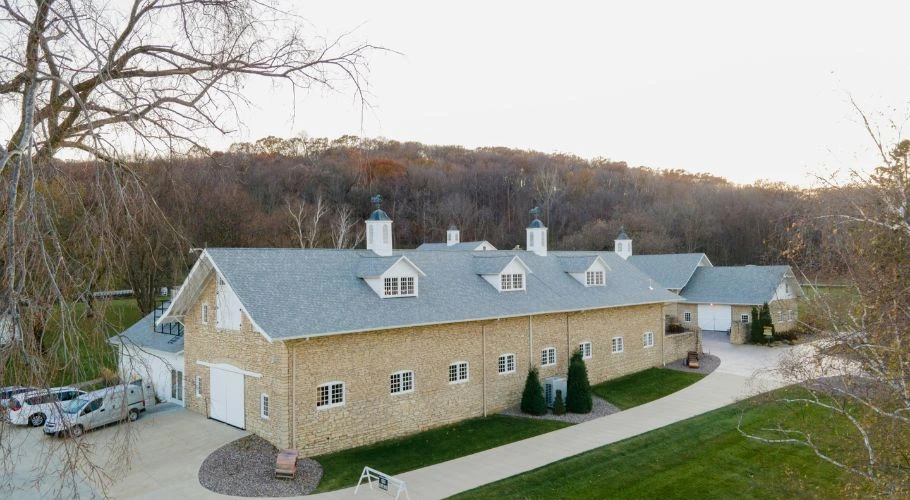
Simply put, a roof overhang (also known as eaves) juts out beyond the exterior walls of a house. It’s the smaller portion of a roof that sticks out over the side of a building, often providing shade from direct sunlight. Additionally, a roof overhang protects the home’s walls and the house itself from things like heavy rainfall, snow, and intense sunlight during the hot summer months.
Roof overhangs look different depending on their architectural style and design. However, with the right roof overhang, you can improve your house’s aesthetic appeal and add an interesting architectural element to make it stand out.
What Are the Benefits of Roof Overhangs?
1. Weather Protection
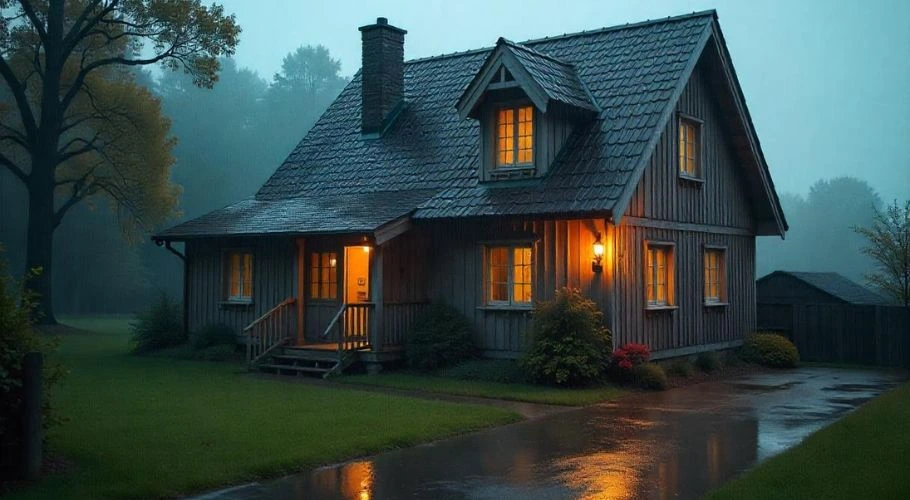
One of the primary functions of a well-designed overhang is the enhanced protection it provides to the property—particularly, the home’s foundation and exterior walls. This is because roof overhangs protect your home by being able to divert rainwater from the building’s exterior wall. As a result, it can end up preventing moisture buildup, mold growth, and water damage, which could worsen and cause structural damage if left unaddressed.
2. Lower Energy Costs
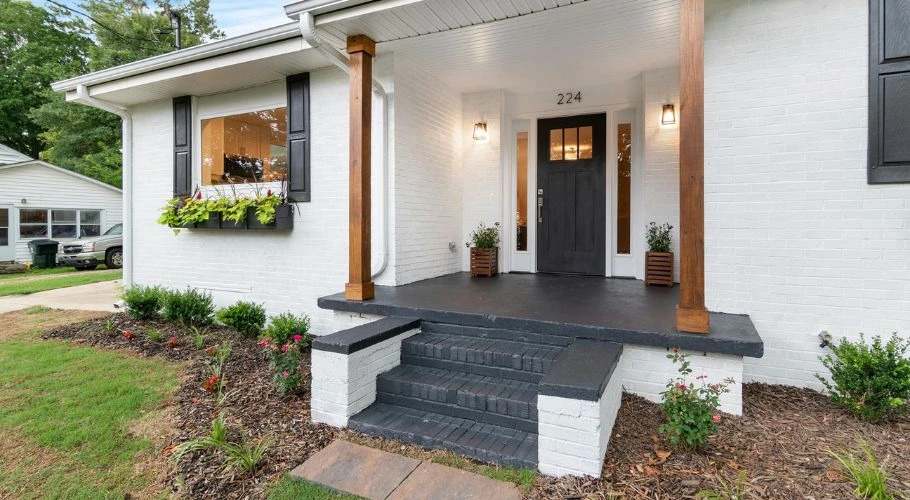
Especially during hot weather, a well-placed overhang can improve energy efficiency by offering ample shade to your home’s walls and windows. Thanks to this shade, you can keep your home cooler and your air conditioning will have an easier time maintaining the temperature inside. This will help lower cooling costs or energy bills.
3. Better Outdoor Living Spaces
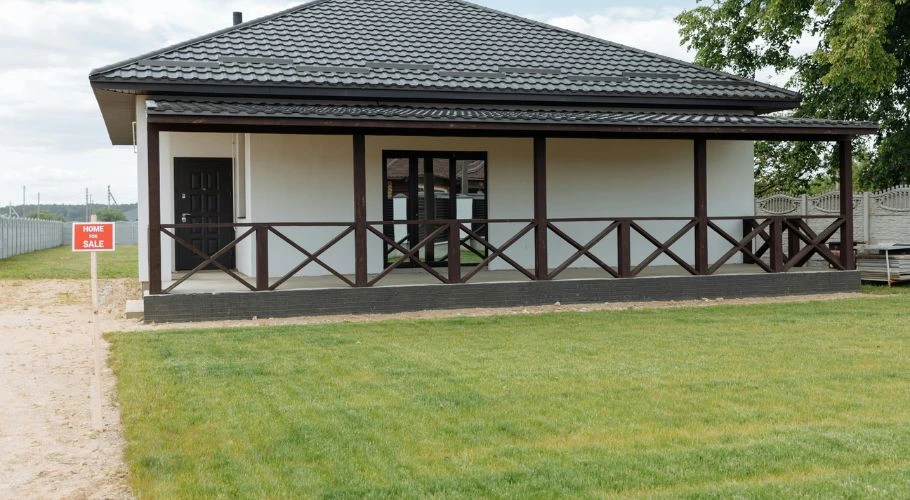
Love spending time outdoors? Aside from being visually appealing, roof overhangs also cover patios and decks, making these spaces much more comfortable and usable to the family no matter the current weather. It’s like adding a new room to your home without the construction costs!
4. Prevents Soil Erosion
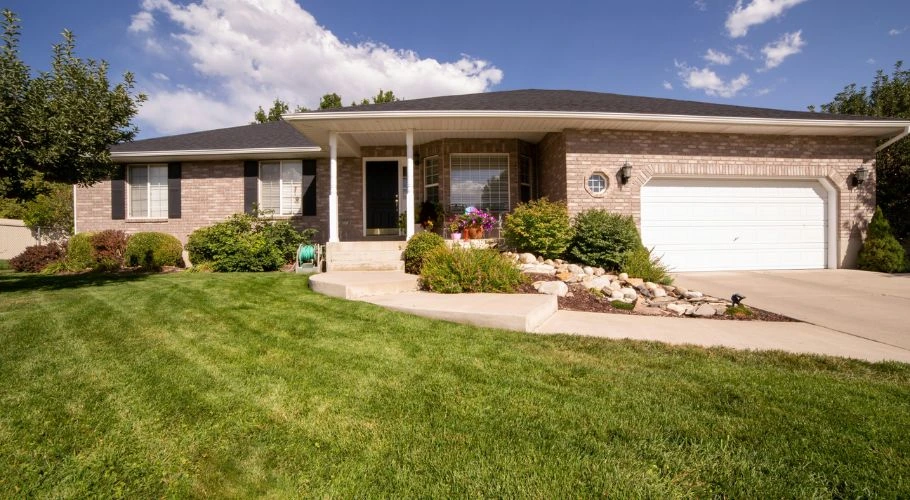
Since roof overhangs direct water away from the house, it also prevents foundation erosion. Basically, the roof overhang keeps rainwater away from the building’s foundation, which in turn keeps foundation issues from arising from unstable soil.
5. Visual Appeal
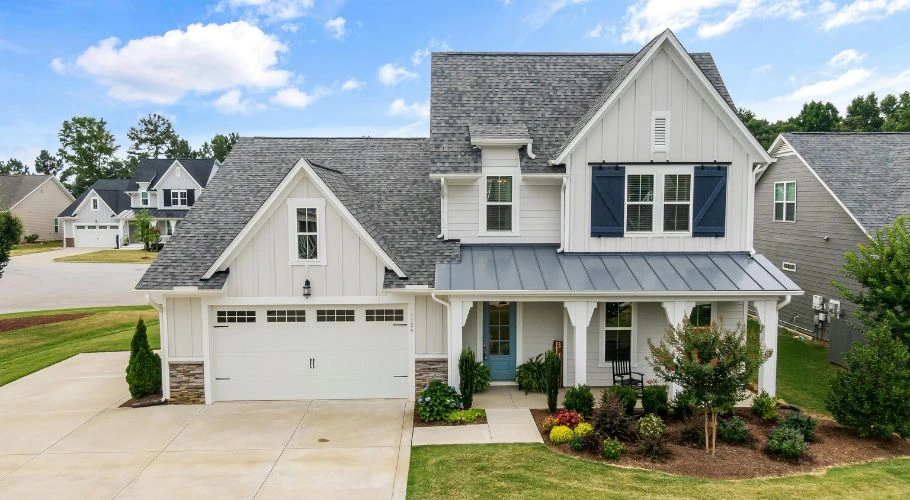
An overhang is a classic and versatile roof design. Even if your home has a modern aesthetic, there are many ways to make a roof overhang blend in well with your property’s architectural design. No matter what it is you’re going for—minimalist aesthetic, traditional look, experimental, or something more neutral—you can definitely find a roof overhang that works perfectly for the style you’re envisioning.
6. Protects Exterior Walls, Doors, and Windows
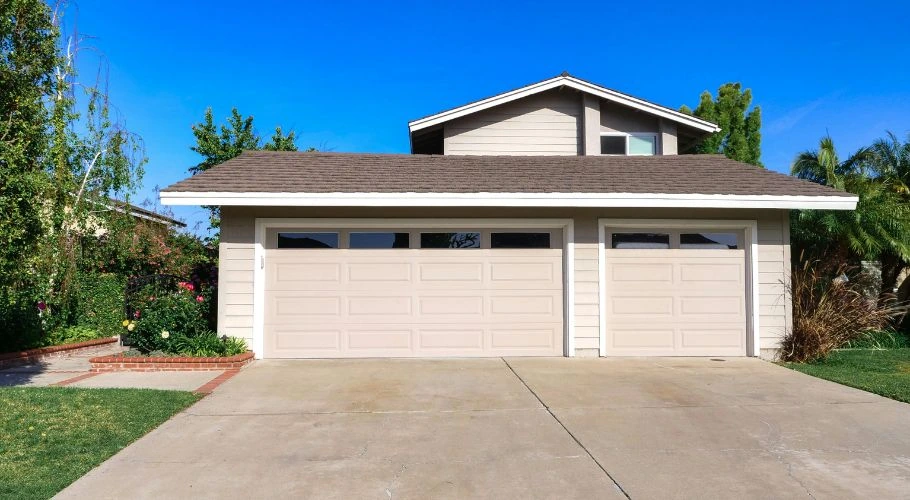
Doors and windows are usually expensive to replace, but with the additional protection from a roof overhang, you can expect them to last much longer! Since they’re shielded from various weather elements, you won’t have to worry too much about needing repairs or replacements any time soon.
7. Reduces Noise From Rain

Ever notice how loud rain can be when it hits windows directly? Roof overhangs act as a buffer, reducing the noise of rain hitting your glass. As a result, you get a quieter, more peaceful environment inside your home.
8. Promotes Natural Ventilation
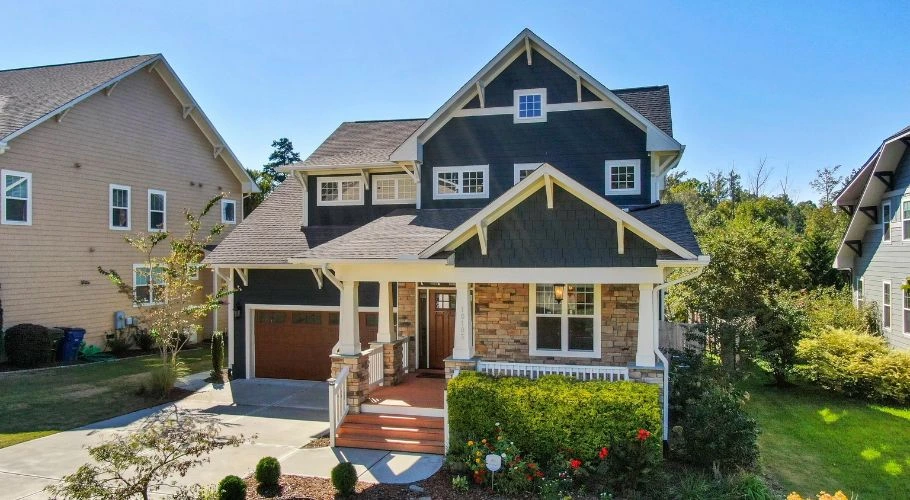
Roof overhangs work hand-in-hand with soffit vents to create natural air circulation in and out of your attic space. Soffit vents—the ones often built into the underside of overhangs—let cool air enter the attic, while ridge vents or other exhaust vents at the roof’s peak allow the hot air to escape.
What Are the Different Types of Roof Overhangs?
1. Eave Overhangs
There are plenty of roof overhang designs and types, but eave overhangs have got to be the most common type. Running along the side edges of a roof, eave overhangs protect the sides of the building from the weather—particularly rain and snow. They’re great for reducing splash-back against the siding.
2. Gable Roof Overhang
These extend from the side of gable roofs. They’re very useful for protecting gable ends from weather, especially in climates where strong winds and wind-driven rain or snow are a common concern. This way, you’ll need wind roof damage repairs far less often.
3. Box Overhangs
You can usually find box overhangs on more modern or updated homes. They usually have enclosed soffits or soffit vents and a clean line that surrounds the perimeter of the roof. This adds to any house’s aesthetic appeal and also protects the roof structure along with the building itself.
4. Cantilevered Overhangs
If you’re a fan of the modern aesthetic or the contemporary architectural style, cantilevered overhangs are a great option for your home. These overhangs jut out without visible means of support, which gives it a minimalistic and sleek appearance while shading the walls below.
5. Hip Overhangs
On hip roofs, the overhangs are consistent all around the building. This gives it a symmetrical appearance and uniform protection from all sides. This is particularly beneficial for homes in regions with changing wind directions and frequent storms.
6. Shed Roof Overhangs
Typically, shed roof overhangs can be seen in designs where a single-plane roof slopes downward. Think of them like the visor on a cap, extending outward to block the sun and rain. Shed overhangs can be really useful when you want to direct water flow away from doorways and windows, preventing pooling and splash-black near the home’s foundation.
Achieve the Perfect Roof Overhang With Robbins Roofing in Oklahoma
If you’re interested in adding a roof overhang or updating an existing one, reach out to our team for your roofing needs! We’ll make sure your overhang not only stands out as an architectural feature, but also benefits your home in many ways.
Contact us today for professional residential roofing in OKC!

